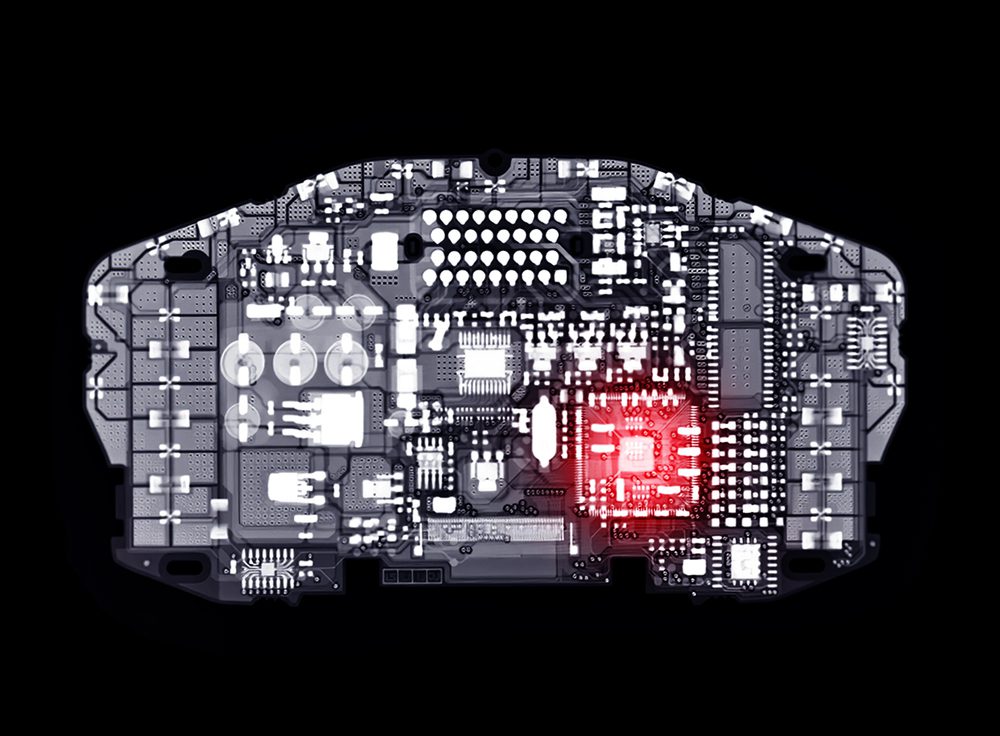Can a bad battery make your car act weird?
Have you ever experienced strange behavior from your car, such as difficulty starting, flickering lights, or even electrical malfunctions? If so, there’s a possibility that a bad battery could be the culprit. Your car’s battery is a crucial component that provides the electrical energy required to start the engine and power various systems, including the ignition, lights, and electronics.
A bad battery can cause a range of issues that may initially seem unrelated, leading to confusion and frustration for car owners. It’s essential to understand how a faulty battery can impact your vehicle’s performance and what signs to look out for.
The role of a car battery
Before delving into the effects of a bad battery, let’s first understand the critical role it plays in your car. The battery is responsible for supplying power to start the engine and provides the necessary energy to the electrical systems when the engine is off. Additionally, it acts as a voltage stabilizer, ensuring consistent power supply to various components.
Typically, a car battery contains six cells, each producing 2.1 volts, resulting in a total of 12.6 volts. This voltage is vital to initiate the combustion process and run the electrical systems efficiently.
Signs of a bad battery
A bad battery can manifest in several ways, often resulting in strange car behavior. Here are some common signs that indicate your battery might need attention:
- Difficulty starting: A weak or dying battery may struggle to deliver enough power to turn over the engine, resulting in slow or failed starts.
- Dim or flickering lights: A failing battery may cause headlights, interior lights, or dashboard lights to appear dim or flicker while the engine is running.
- Electrical issues: Malfunctions in various electrical components, such as power windows, radio, or infotainment system, can be attributed to a weak battery.
- Unusual odors: In some cases, a bad battery may emit a pungent smell due to a leak or internal damage.
If you encounter any of these signs, it’s recommended to have your battery inspected by a professional to determine whether it needs replacing.
The impact of a bad battery on car performance
A bad battery can have a significant impact on your car’s overall performance. Here are a few ways it can affect different systems:
Starting issues
When a battery is faulty, it may struggle to provide the necessary power to turn over the engine. This can result in slow cranking or failed starts, leaving you stranded and frustrated.
“A weak battery can make starting your car feel like trying to run a marathon with a sprained ankle.” – Car Mechanic Magazine
Electrical malfunctions
As the battery supplies power to various electrical components, a deteriorating battery can lead to erratic behavior in these systems. From dimming lights to sporadic functionality of power windows or audio systems, these issues may be resolved once a new battery is installed.
Reduced fuel efficiency
A failing battery can negatively impact fuel efficiency. Modern cars rely on computer systems to regulate fuel delivery, and a weak battery can disrupt these systems, leading to increased fuel consumption.
Charging system strain
When a battery is weak, the alternator has to work harder to compensate and keep the battery charged. This extra strain on the charging system can result in premature alternator failure if not addressed promptly.
Can replacing a car battery cause electrical problems?
When it comes to car maintenance, replacing the battery is one of the common tasks that car owners have to deal with. However, it is important to understand that improper replacement or installation of a car battery can lead to electrical problems in your vehicle.
1. Incorrect Battery Size
Using the wrong battery size for your car can result in several electrical issues. It is essential to replace your old battery with the correct size and specifications recommended by your car manufacturer. This ensures that the battery’s voltage and capacity are compatible with your vehicle’s electrical system.
2. Improper Connections
Another factor that can cause electrical problems after replacing a car battery is incorrect connections. Failing to connect the positive and negative terminals properly can lead to short circuits or damage to various components in the electrical system. It is crucial to ensure that the connections are secure and tight.
3. Voltage Spikes
During the replacement process, there is a possibility of voltage spikes. These sudden surges of electricity can potentially damage sensitive electronic components, such as the engine control unit (ECU) or the onboard computer system. It is recommended to take precautions and use surge protectors or disconnect other electrical components while replacing the battery.
4. Resetting Electrical Systems
Changing the car battery may require resetting certain electrical systems in your vehicle. This includes features like the radio, clock, GPS navigation, and automatic windows. Failure to reset these systems can cause malfunctions or erratic behavior. Be sure to consult your car’s manual for instructions on how to properly reset these systems after installing a new battery.
In conclusion, replacing a car battery can potentially cause electrical problems if not done correctly. It is crucial to choose the right battery size, make proper connections, guard against voltage spikes, and reset the necessary electrical systems. If you are not confident in replacing the battery yourself, it is always recommended to seek professional assistance to avoid any potential electrical issues.
How do I find out what is draining my battery?
Checking for battery drain
If your car’s battery keeps dying or you notice that it is not holding a charge, it could be due to a drain on the battery. To identify what is causing the drain, you can follow these steps:
- Check for exterior lights left on: Make sure that all lights, including headlights, interior lights, and trunk lights, are turned off.
- Inspect the battery connections: Ensure that the battery terminals are clean and securely attached to the battery posts.
- Check for parasitic drain: A parasitic drain occurs when an electrical component continues to draw power even when the vehicle is turned off. To check for this, use a multimeter set to the DC amps range and connect it in series between the negative battery terminal and the negative battery cable. Look for a reading of more than 50 milliamps, which may indicate a parasitic drain.
- Isolate the source of the drain: Start by removing one fuse at a time from the fuse box and observe if the amperage reading drops significantly. Once you find a fuse that causes a significant drop, you have likely identified the circuit that is causing the drain. Consult your vehicle’s manual or a professional to further investigate the component on that circuit.
Common causes of battery drain
There are several common culprits that can cause battery drain:
- Faulty electrical components: Defective alternators, starter motors, or wiring can cause excessive power draw from the battery.
- Interior lights or accessories: It’s important to ensure that all interior lights, including vanity mirror lights and glove box lights, are turned off when not in use.
- Faulty switches: Malfunctioning door or trunk switches can cause lights to stay on even when the doors or trunk are closed.
- Electrical shorts: Worn or damaged wiring can create short circuits, leading to battery drain.
Note: If you are uncertain or uncomfortable with diagnosing the issue yourself, it is recommended to consult a professional mechanic.
Preventing battery drain
To avoid future battery drain issues, consider these preventive measures:
- Regular maintenance: Ensure that your vehicle’s electrical system is inspected during routine maintenance to catch any potential issues before they become major problems.
- Turn off accessories: Make sure to turn off all lights and accessories when you exit the vehicle.
- Disconnect the battery: If your vehicle will be sitting idle for an extended period, consider disconnecting the negative battery cable to prevent any drains.
By following these steps, you can identify and address any battery drain issues, allowing your car to function properly without unexpected battery failures.



